SEMICON China 2025: Chemical Pumps and the Semiconductor Industry SEMICON China 2025 has kicked off in Shanghai, shining a light on the important role of chemical pumps in the semiconductor world. Even though they might not get much attention, chemical pumps are crucial in semiconductor manufacturing. They need to perform really well because the process demands ultra-clean conditions. For instance, pumps that transport ultrapure water have to be made from special materials that resist corrosion and don’t pollute the water. This is vital to keep impurities from messing up chip production. Additionally, these pumps must be precise in controlling flow and pressure, which is necessary for complex tasks like etching and cleaning. At SEMICON China 2025, many companies are showcasing their latest advancements in chemical pump technology. These innovations are expected to boost the efficiency and quality of semiconductor manufacturing, supporting China's push to advance its semiconductor industry.
Read More English
English français
français русский
русский español
español português
português العربية
العربية ไทย
ไทย Tiếng Việt
Tiếng Việt Indonesia
Indonesia  中文
中文

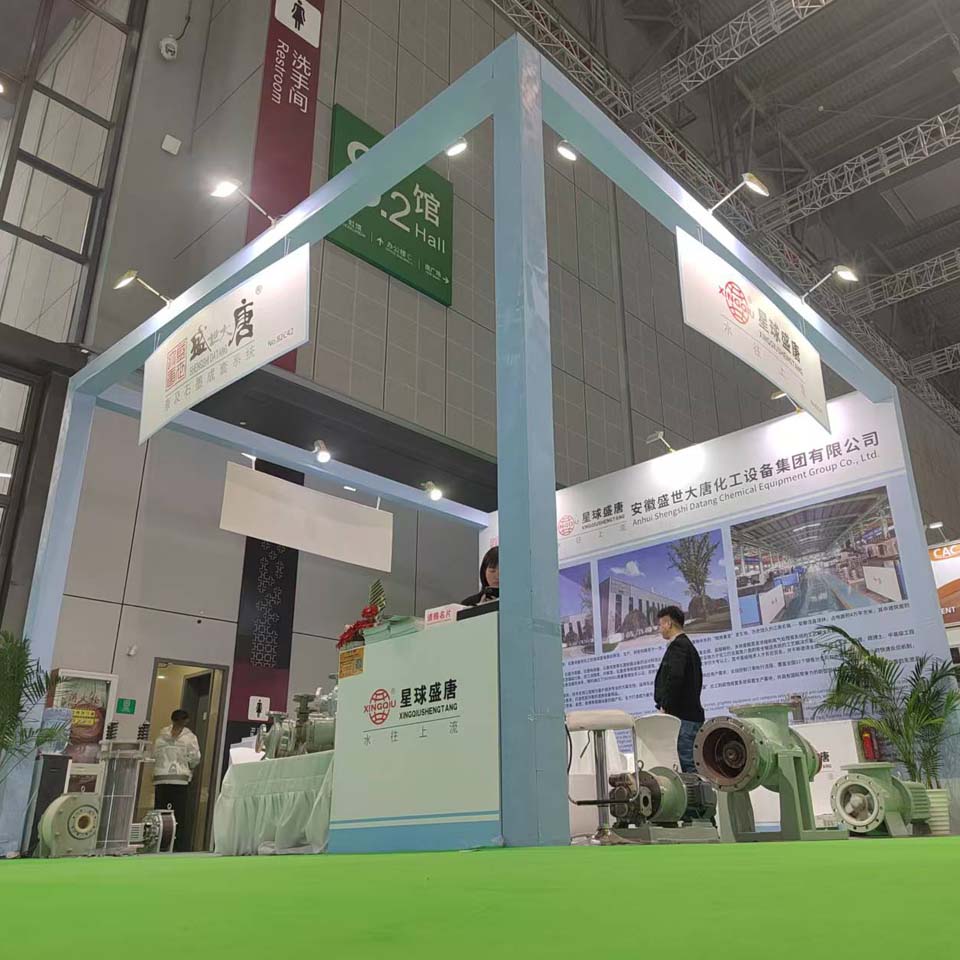
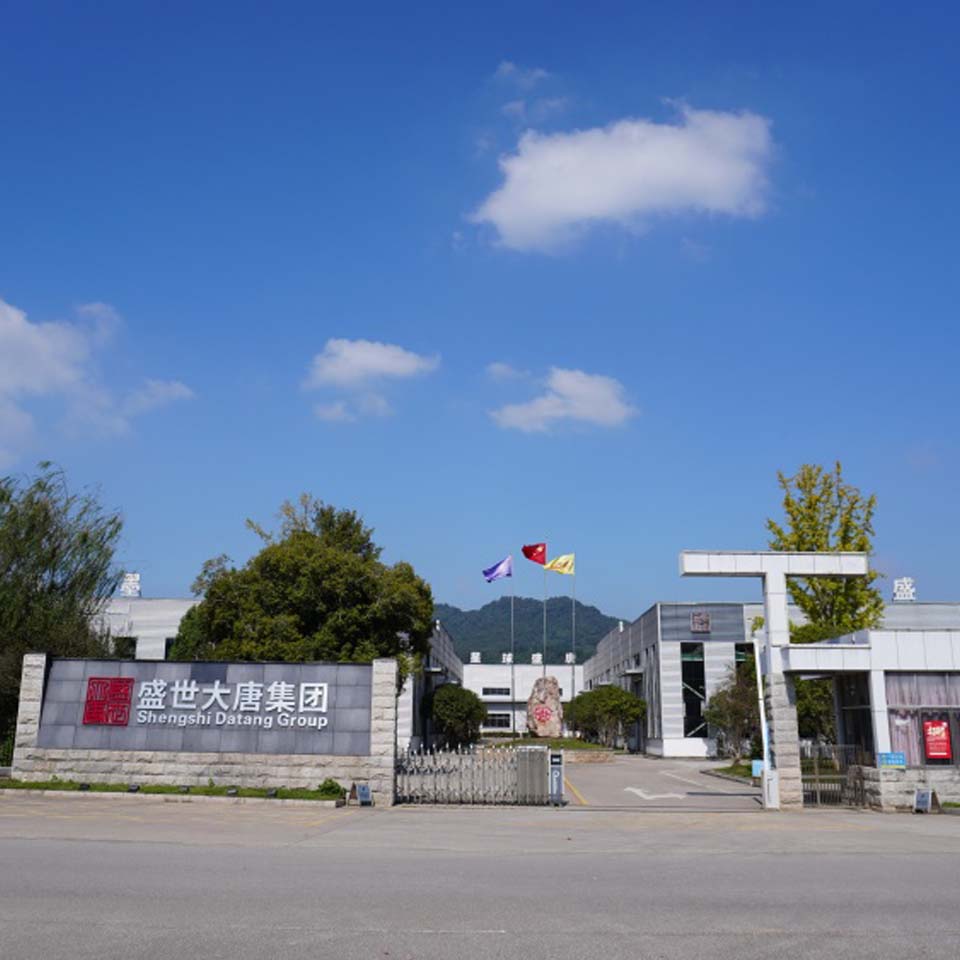
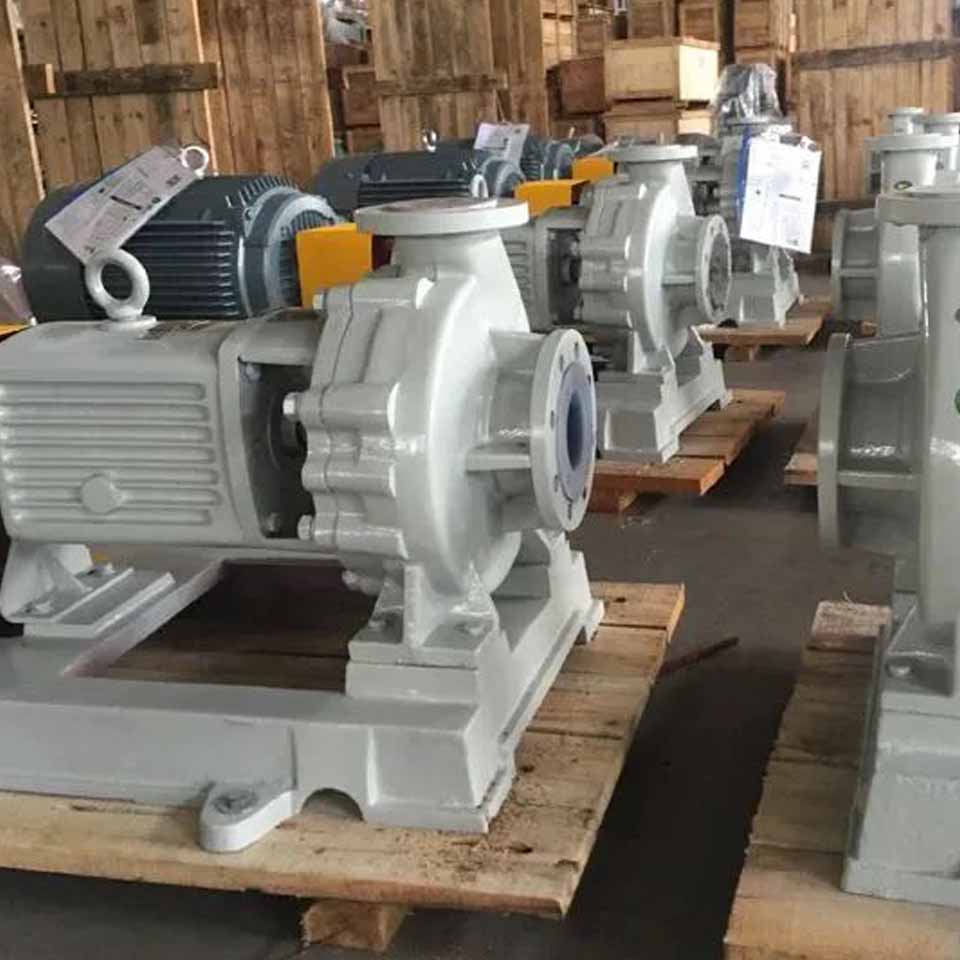
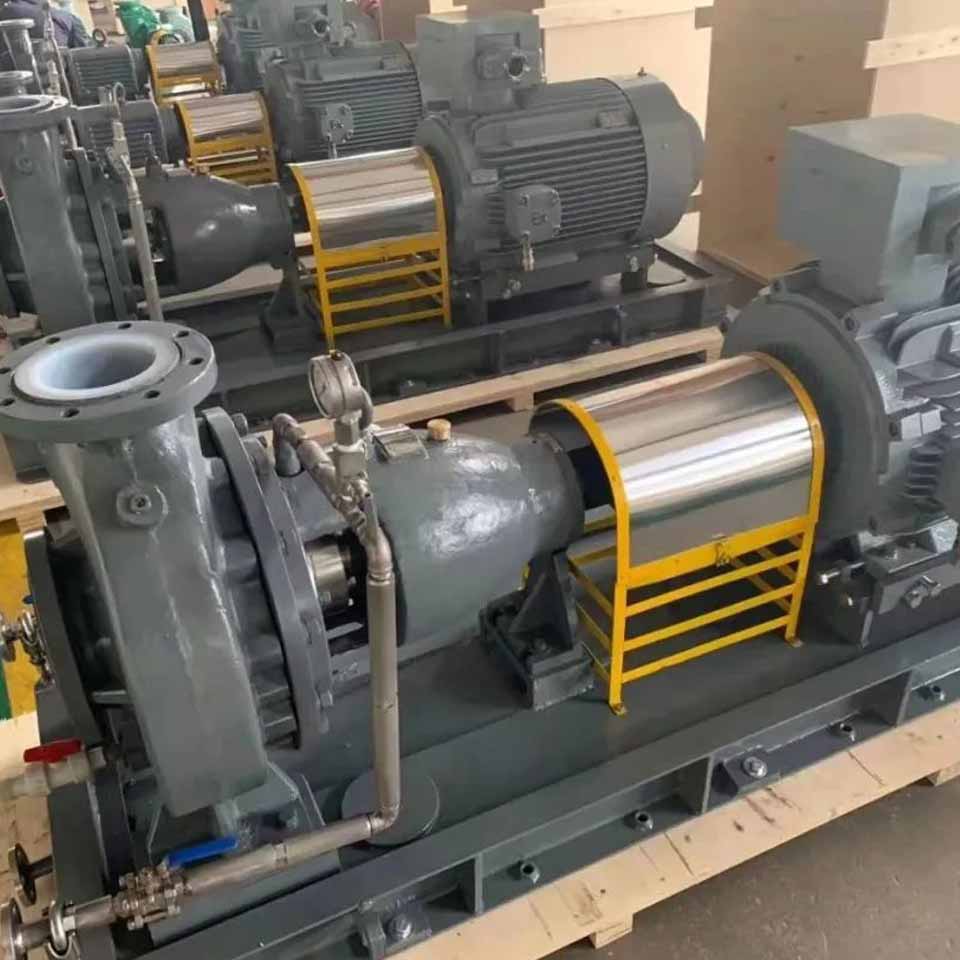

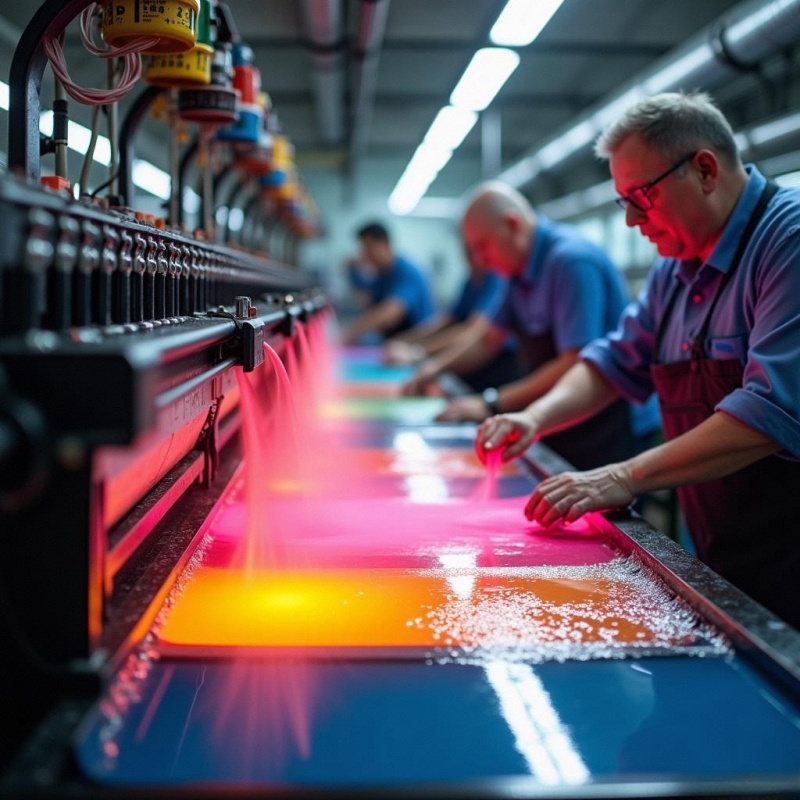












 IPv6 network supported
IPv6 network supported